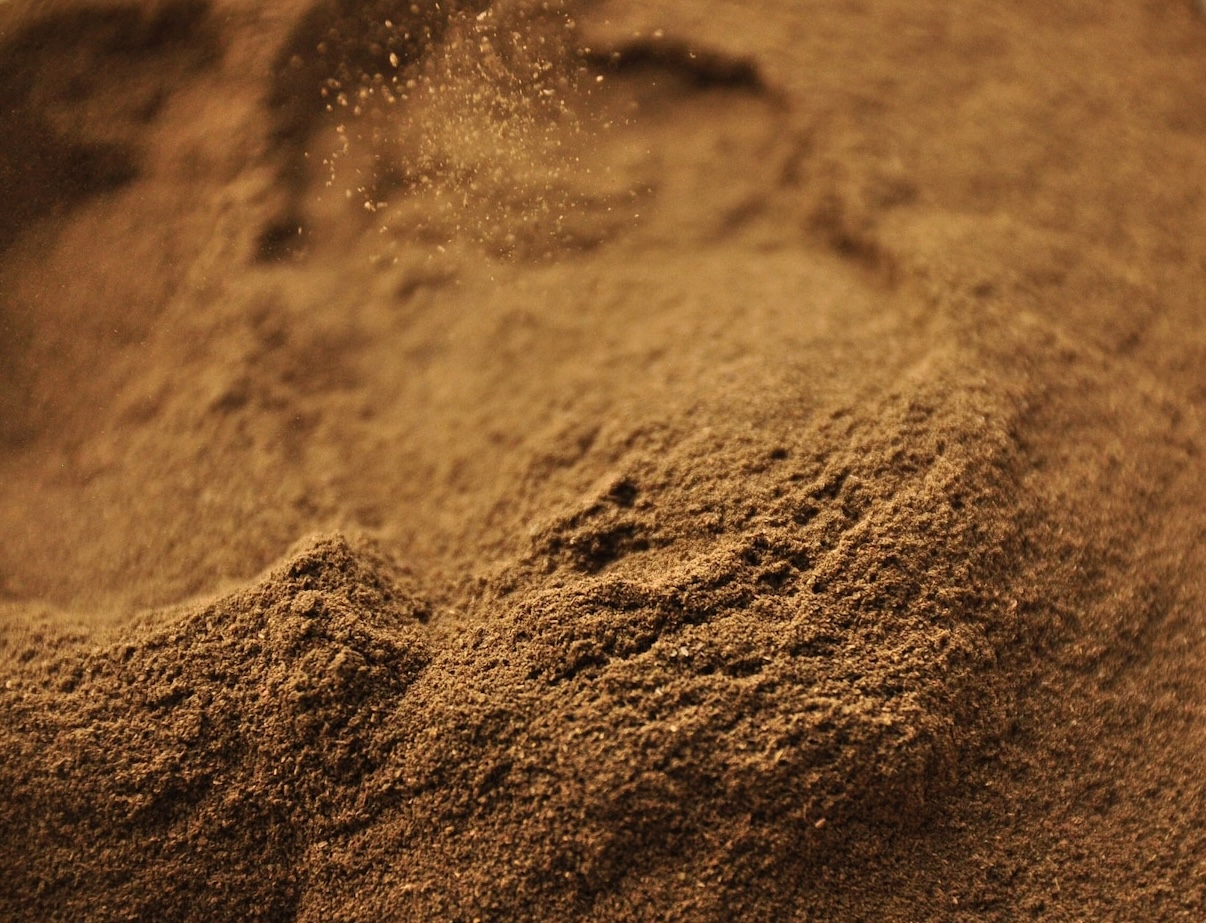

Black plum
lat. Syzygium cumini
€5.50
Out of stock
Black plum (lat. Syzygium cumini) is found in India and other tropical and sub-tropical regions of the world. The fruit, from which the dye is made, is rich in glycoside jambolin, anthocyanins, gallic acid, tannins, and various minerals with medicinal properties. One of the many healing properties of Black plum is its antimicrobial activity which can be transferred on textile fibers during the plant dyeing process. Black plum produces various neutral shades such as brown, grey, black, beige.
Name: black plum
Latin name: Syzygium cumini
Other names: jambolan fruit, java plum, jamun fruit, malabar plum
Main colorants: various tannins and anthocyanins
Colors: beige, brown, grey, black.
Purpose: natural dye for textiles, leather, wood, candles, and other natural materials. It can be used for making botanical inks, pastels, watercolors, printing paste, etc.
Dyeing with black plum:
Use at 20-50 % WOF (weight of fiber).
Add black plum powder to the dyeing pot filled with water, and stir well.
Raise temperature to 70-80°C and simmer for 2 hours. Let it cool. You may simmer longer for darker colors.
Strain through a fine cloth to keep small particles out of the dye bath.
Fibers, whether pre-mordanted or unmordanted, should be soaked in water for at least 30 minutes before adding to the dye solution.
Immerse fibers in the dye solution and simmer for 40-60 minutes, depending on the desired shade. Allow the solution to cool. You may simmer and soak longer if you wish to get deeper, darker tones.
For darker shades you can place black plum-dyed fibers into ~ 2% WOF iron sulfate solution or add a pinch of iron directly into the dye. Also, you may use iron-mordanted fibers.
For a broader color palette, try adding s pink of citric acid, cream of tartar, soda ash, or chalk to your dye bath before adding fibers. Also, you may modify your colors after dyeing by soaking dyed fibers in solutions of citric acid or soda ash.